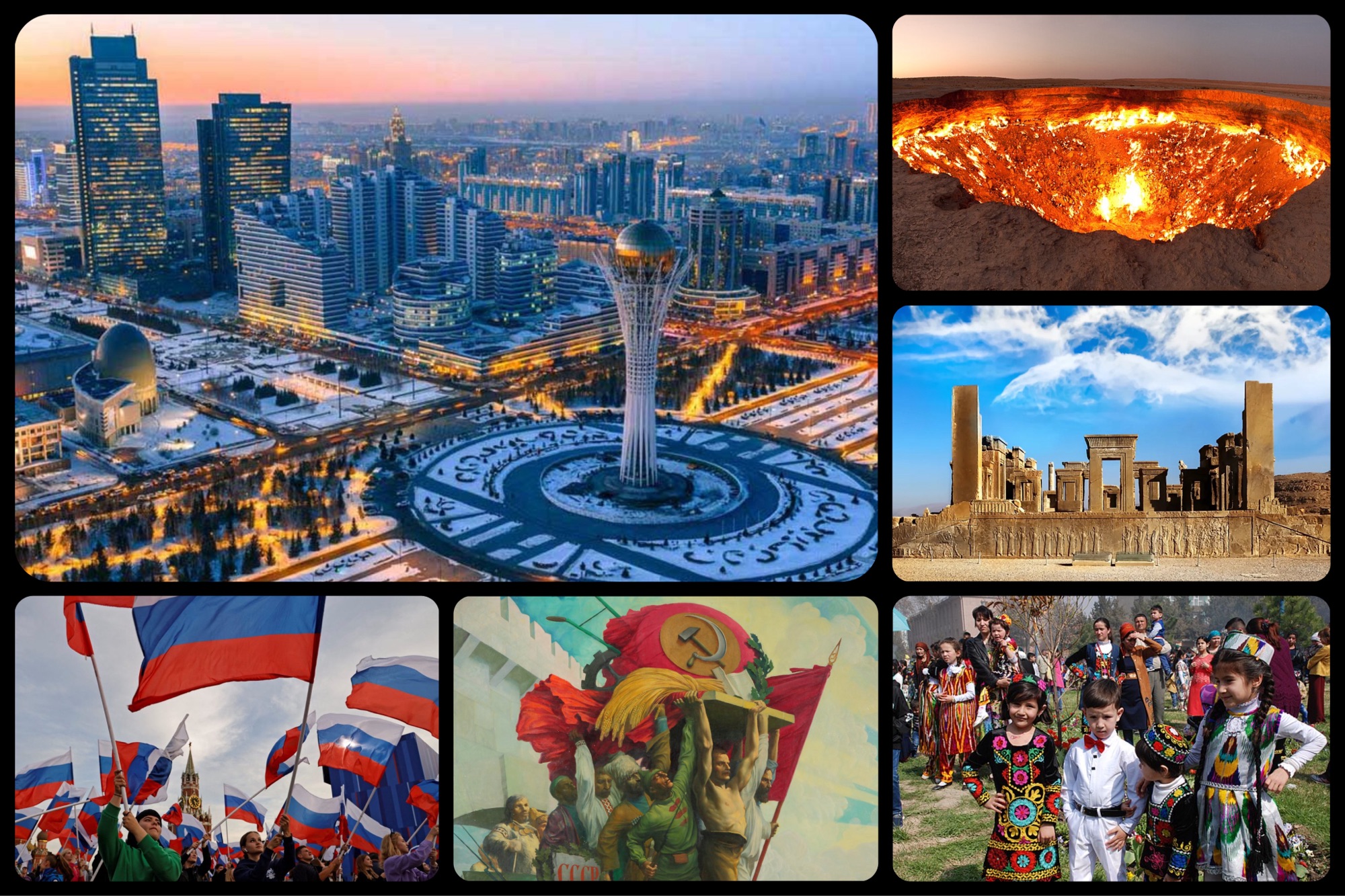Central Asia, encompassing Kazakhstan, Kyrgyzstan, Tajikistan, Turkmenistan, and Uzbekistan, is a region imbued with history, culture, and natural splendor. Often overshadowed by other destinations, this diverse area holds a wealth of experiences waiting to be unearthed. From the towering peaks of the Tien Shan and Pamir Mountains to the ancient Silk Road cities, Central Asia presents a unique fusion of adventure, legacy, and warm hospitality.
In this piece, we’ll explore 20 captivating facts about Central Asia, unveiling its intricate tapestry of traditions, landscapes, and heritage. Join us on a journey through the heart of Central Asia, discovering the hidden treasures that render this region a mesmerizing and mysterious destination.
20. Central Asia is a region located between Europe and Asia, comprising five countries: Kazakhstan, Uzbekistan, Turkmenistan, Kyrgyzstan, and Tajikistan.
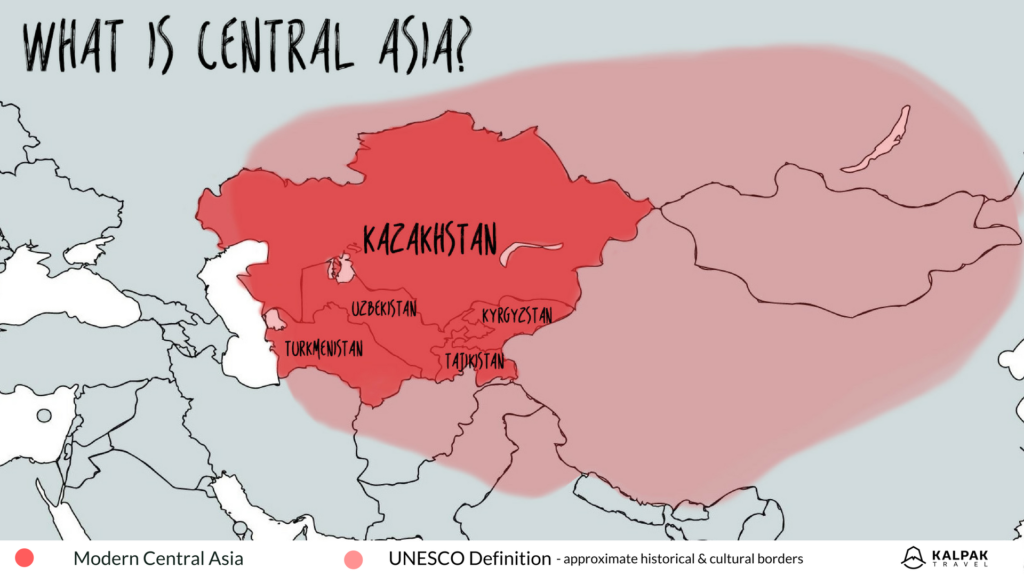
Central Asia, situated between Europe and Asia, is a distinct region consisting of five countries: Kazakhstan, Uzbekistan, Turkmenistan, Kyrgyzstan, and Tajikistan. This vast and diverse expanse is characterized by a rich cultural tapestry, varied landscapes, and historical significance, serving as a bridge between the two continents. Each of these nations contributes to the unique identity and allure of Central Asia, making it a captivating geographical and cultural crossroads.
19. The region is known for its diverse landscapes, including deserts, mountains, steppes, and the famous Silk Road routes.
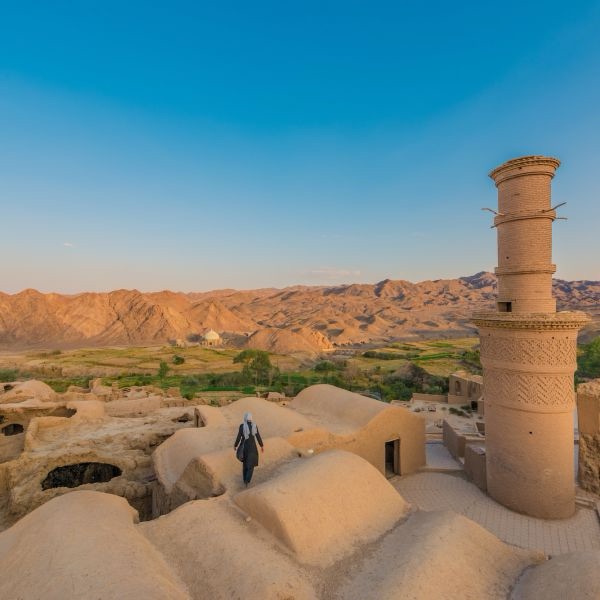
Renowned for its varied topography, Central Asia is distinguished by diverse landscapes that encompass expansive deserts, majestic mountain ranges, vast steppes, and the historic Silk Road routes. This geographical richness not only contributes to the region’s natural beauty but also plays a significant role in shaping its cultural and historical tapestry. From the arid stretches of deserts to the towering peaks of mountains, Central Asia’s landscapes tell a story of a region deeply connected to both nature and the footsteps of ancient trade and cultural exchanges along the Silk Road.
18. The Aral Sea, once one of the world’s largest lakes, has significantly shrunk due to environmental issues related to water usage.
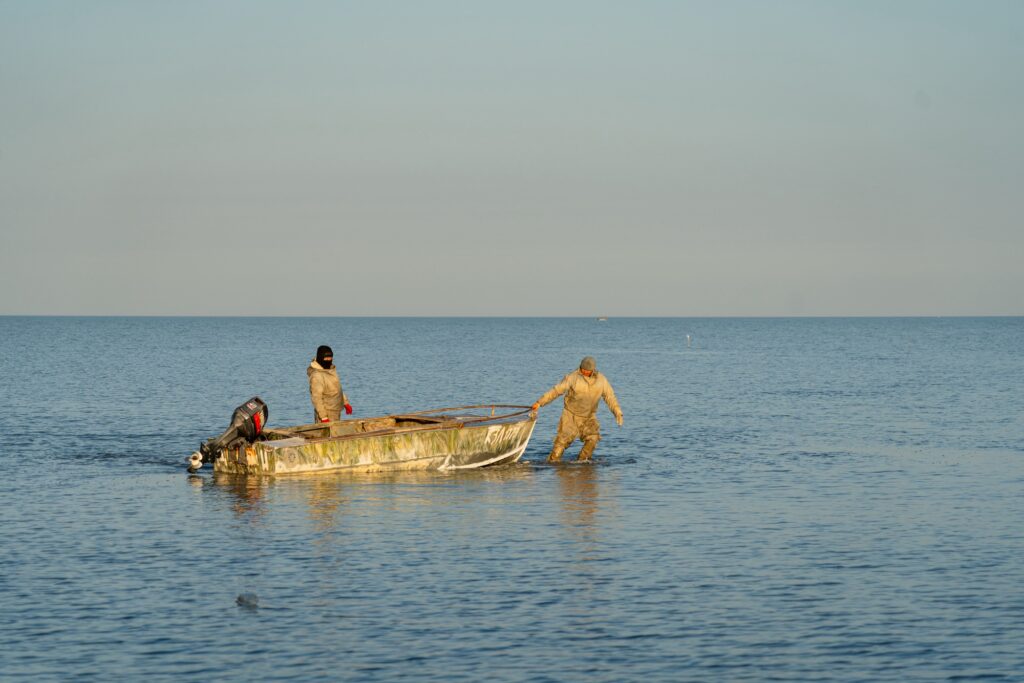
The Aral Sea, once counted among the world’s largest lakes, has undergone a dramatic reduction in size, primarily attributed to environmental challenges associated with water usage. This notable shrinkage is a consequence of extensive irrigation projects that divert water from the rivers that feed into the Aral Sea for agricultural purposes. As a result, the sea has experienced a substantial decrease in water volume, leading to the emergence of vast dry seabeds and ecological imbalances. The plight of the Aral Sea serves as a poignant example of the delicate balance between human activities and environmental sustainability, highlighting the need for responsible water management practices.
17. Kazakhstan is the largest country in Central Asia and the ninth-largest country globally.
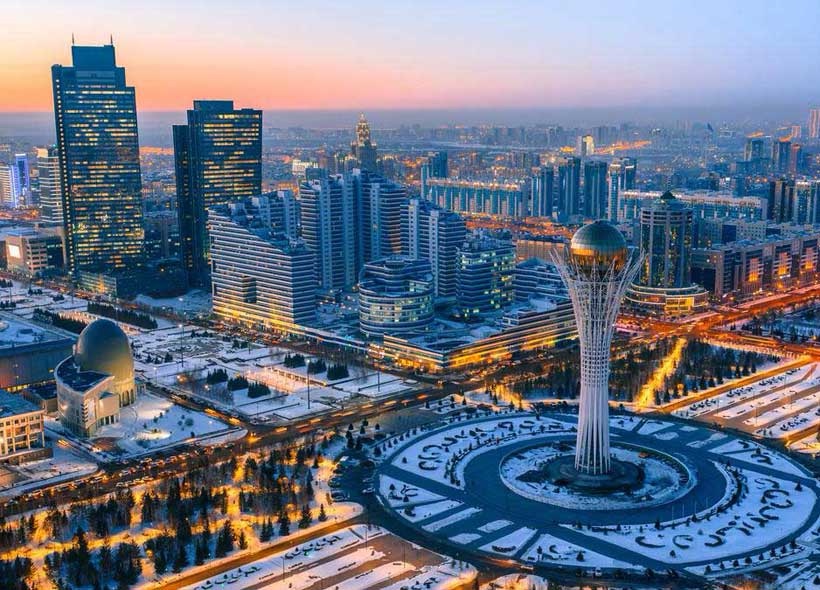
Kazakhstan stands as the largest country in Central Asia, holding the impressive distinction of being the ninth-largest country on a global scale. Its vast expanse spans a diverse range of landscapes, from the expansive steppes to the majestic mountain ranges. This geographical enormity not only contributes to Kazakhstan’s unique identity but also plays a crucial role in shaping its cultural and economic significance within the Central Asian region. As the largest nation in this part of the world, Kazakhstan boasts a rich tapestry of traditions, history, and natural wonders that make it a compelling and distinctive presence in Central Asia.
16. Turkmenistan is famous for the Darvaza Gas Crater, often referred to as the “Door to Hell.”
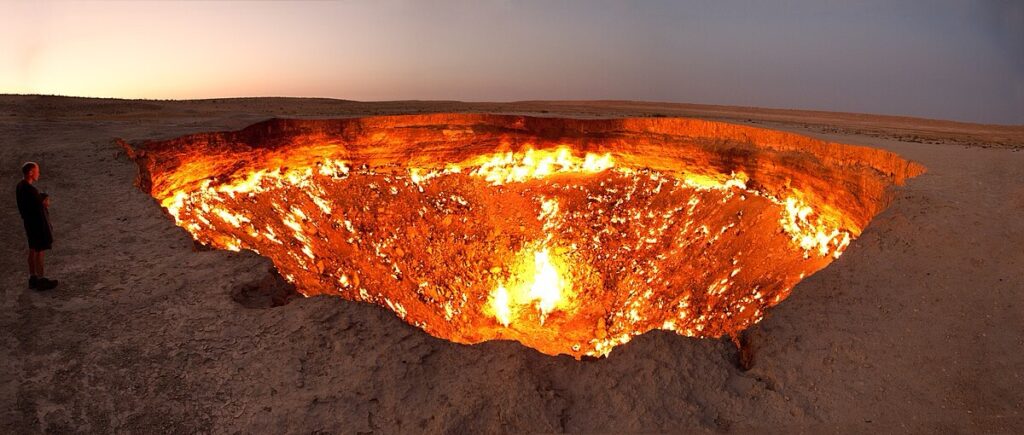
Turkmenistan is globally recognized for the mesmerizing and otherworldly Darvaza Gas Crater, commonly referred to as the “Door to Hell.” This remarkable natural phenomenon is a fiery crater that has been burning continuously for decades. Created during a Soviet drilling mishap, the crater emits a perpetual blaze, casting an eerie glow across the desolate landscape. The “Door to Hell” has become an iconic and surreal attraction, drawing visitors and capturing imaginations with its blazing flames set against the stark Turkmenistan backdrop.
15. Uzbekistan is home to historic cities like Samarkand and Bukhara, renowned for their Islamic architecture.
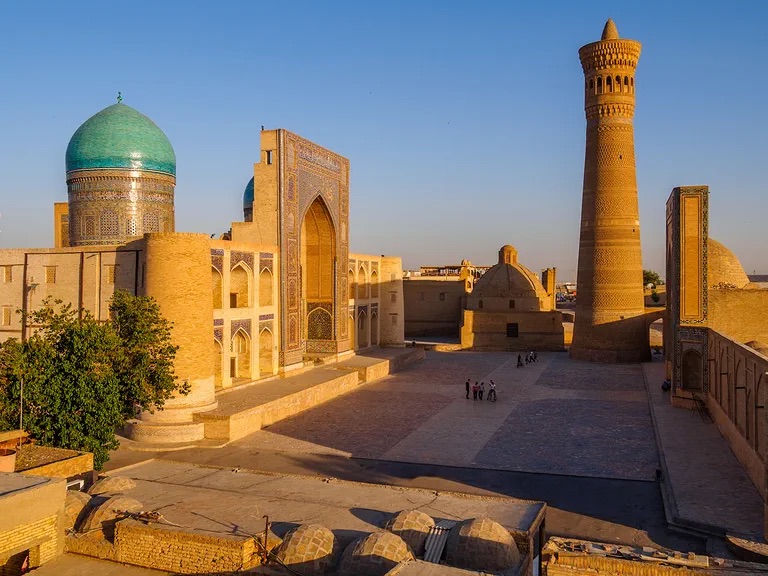
Uzbekistan, nestled in the heart of Central Asia, boasts a rich cultural heritage centered around historic cities, with Samarkand and Bukhara standing as jewels in its crown. These cities are renowned globally for their exceptional Islamic architecture, reflecting the region’s historical significance along the ancient Silk Road. Samarkand, with its iconic Registan Square and Timurid-era monuments, showcases the grandeur of Islamic art and culture. Meanwhile, Bukhara, an ancient center of learning and trade, captivates visitors with its well-preserved medieval architecture, including the famous Kalon Mosque and Kalyan Minaret. Uzbekistan’s historical cities serve as living testaments to the cultural splendor that flourished along the Silk Road, making them compelling destinations for those seeking to immerse themselves in the rich tapestry of Central Asian history.
14. Kyrgyzstan features the stunning Issyk-Kul Lake, surrounded by mountainous landscapes.
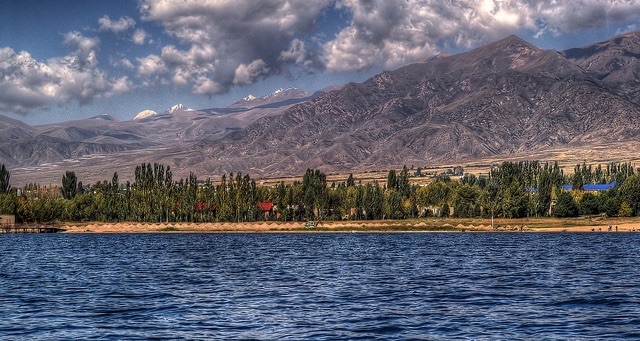
Kyrgyzstan, a picturesque gem in Central Asia, is graced by the breathtaking beauty of Issyk-Kul Lake. Nestled amidst the majestic mountainous landscapes, this stunning lake holds the distinction of being one of the largest alpine lakes globally. The crystal-clear waters of Issyk-Kul reflect the surrounding snow-capped peaks, creating a mesmerizing panorama that captivates visitors. Beyond its scenic allure, the lake is steeped in cultural and historical significance, with ancient Silk Road routes passing nearby. Kyrgyzstan’s Issyk-Kul Lake stands as a natural marvel, inviting exploration and offering a tranquil retreat amidst the awe-inspiring Central Asian scenery.
13. Tajikistan is characterized by the Pamir Mountains, often called the “Roof of the World.”
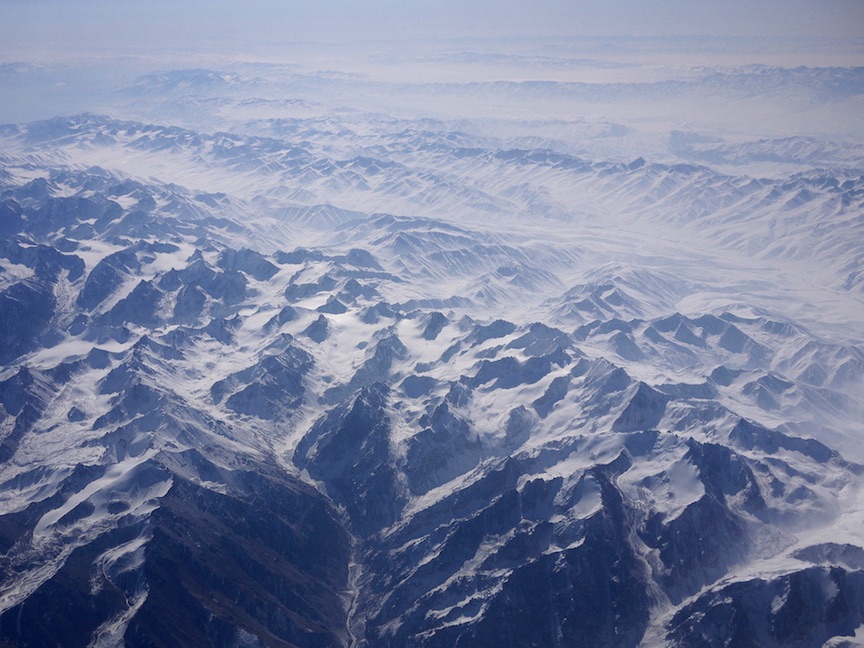
Tajikistan, a landlocked jewel in Central Asia, is distinguished by the awe-inspiring Pamir Mountains, often referred to as the “Roof of the World.” This majestic mountain range encompasses some of the highest peaks on the planet, creating a breathtaking panorama that leaves a lasting impression on those fortunate enough to witness it. The Pamirs not only contribute to Tajikistan’s stunning natural beauty but also play a crucial role in shaping its cultural and historical identity. This lofty expanse, with its rugged terrain and snow-capped summits, stands as a testament to the resilience and grandeur of Tajikistan’s mountainous landscapes, earning it the well-deserved moniker, the “Roof of the World.”
12. The Fergana Valley, shared by Uzbekistan, Kyrgyzstan, and Tajikistan, is a fertile and densely populated region.
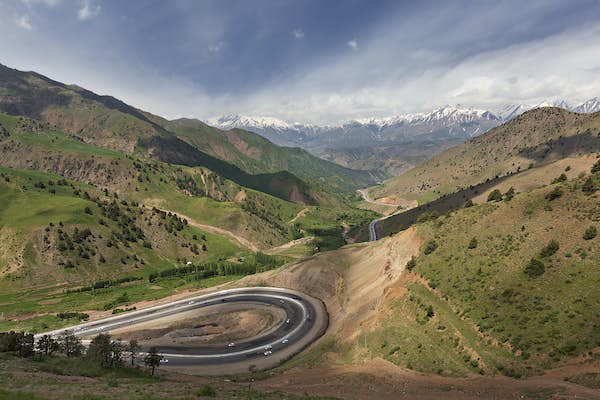
The Fergana Valley, a geographical gem shared by Uzbekistan, Kyrgyzstan, and Tajikistan, is a vibrant and fertile expanse known for its lush landscapes and dense population. Nestled among the mountain ranges, this valley serves as a crucial agricultural and cultural hub for the Central Asian region. Its fertile soil supports a variety of crops, contributing to the agricultural prosperity of the nations that share its bounty. Despite being divided among different countries, the Fergana Valley maintains a cohesive identity, and its residents engage in a myriad of cultural and economic exchanges, creating a dynamic and interconnected region within Central Asia.
11. The ancient city of Merv, in Turkmenistan, was a significant center along the Silk Road.
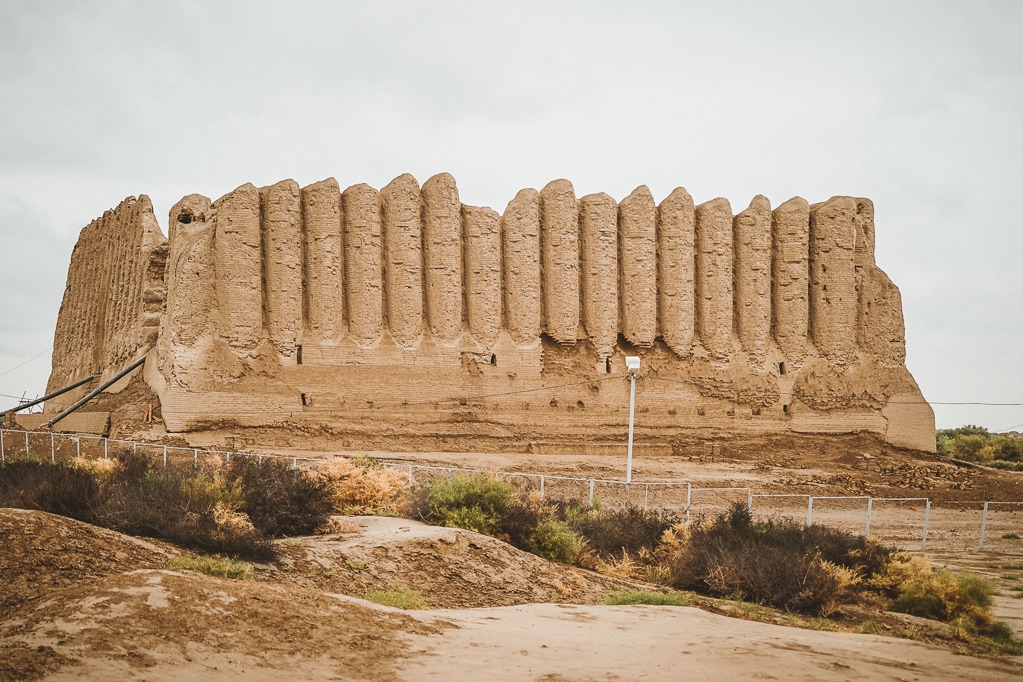
The ancient city of Merv, nestled within the historical tapestry of Turkmenistan, stands as a significant center along the illustrious Silk Road. With a rich history dating back millennia, Merv was a vital hub for trade, culture, and intellectual pursuits. Its strategic location made it a key meeting point for merchants and travelers traversing the Silk Road, facilitating the exchange of goods, ideas, and cultures across vast distances. The remnants of Merv, including its archaeological sites and ancient structures, bear witness to its pivotal role in connecting the East and West, making it a testament to the enduring legacy of the Silk Road’s impact on global history and civilization.
10. Central Asia has a rich cultural heritage influenced by Persian, Turkic, and Mongol civilizations.
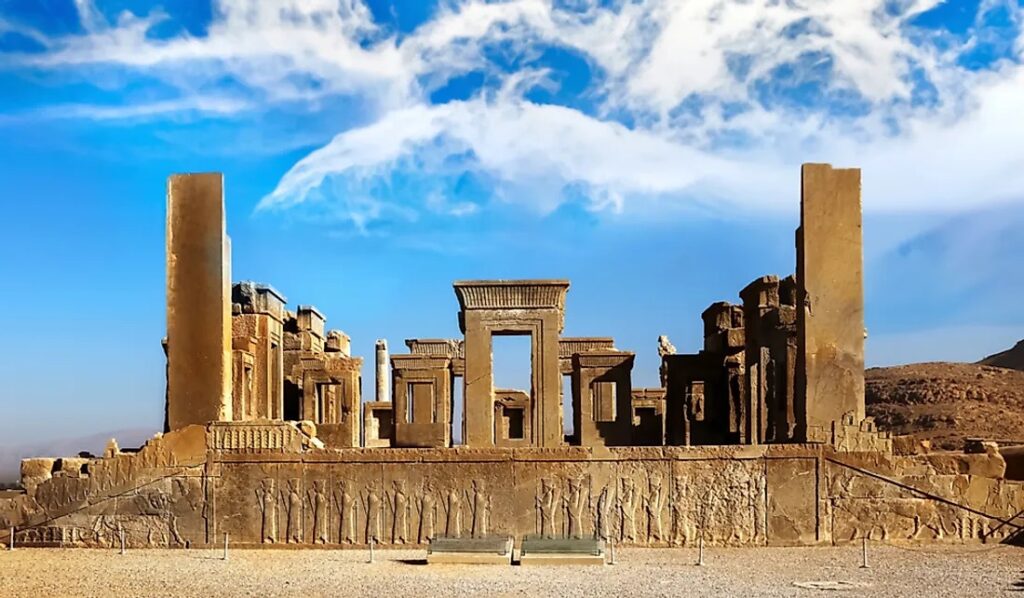
Central Asia, nestled at the crossroads of diverse civilizations, boasts a rich cultural heritage shaped by the influences of Persian, Turkic, and Mongol civilizations. This amalgamation of cultural threads has woven a tapestry of traditions, art, and customs unique to the region. The Persian influence is evident in the intricate art, literature, and architecture found in places like Samarkand and Bukhara. The Turkic heritage contributes to the nomadic lifestyle, language, and vibrant celebrations observed across the region. Meanwhile, the Mongol imprint, rooted in the legacy of Genghis Khan, adds a historical layer to Central Asia’s identity. This fusion of cultural elements forms the foundation of the region’s distinctive charm and historical significance.
09. Russian influence persists in the region due to historical connections during the Soviet era.
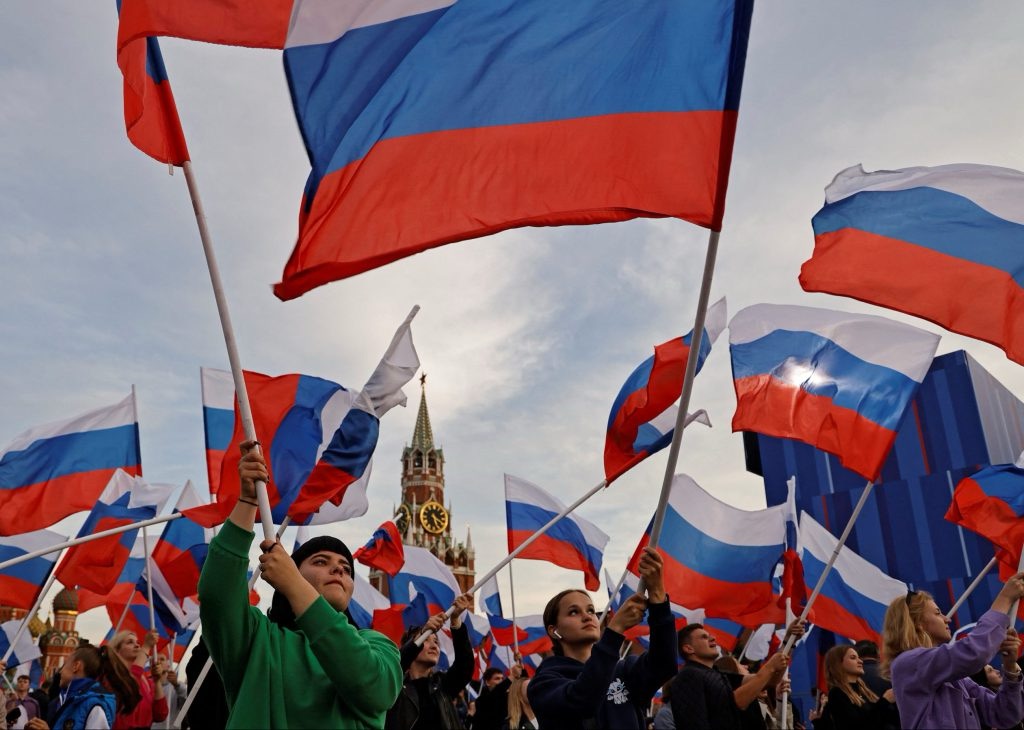
The enduring influence of Russia in Central Asia is deeply rooted in the historical ties forged during the Soviet era. The region’s shared history includes economic, political, and cultural bonds that continue to shape their dynamics. From infrastructure development to linguistic legacies, the imprint of Russian influence remains palpable, influencing the geopolitical landscape of Central Asia.
08. The region became independent following the dissolution of the Soviet Union in 1991.
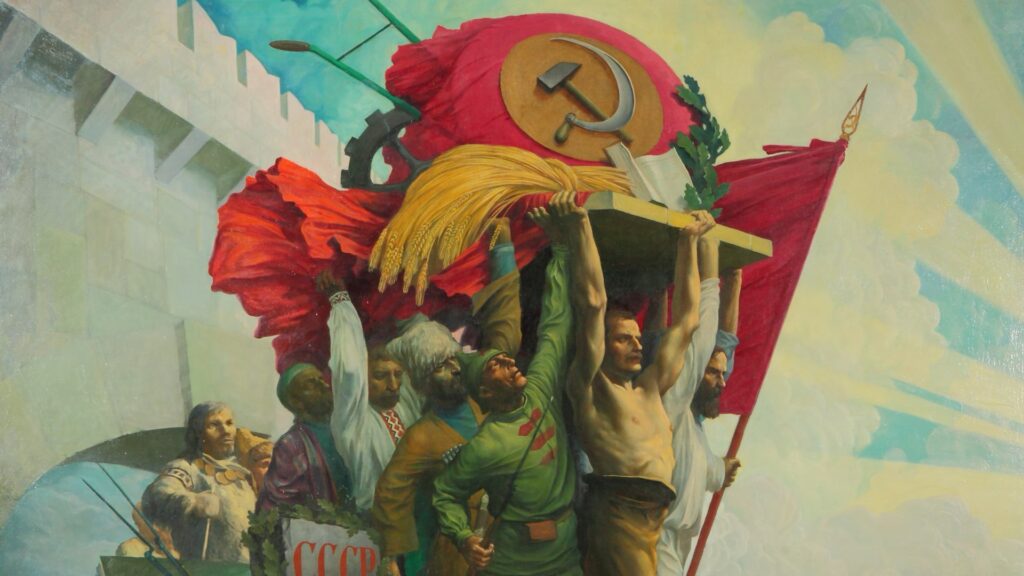
In 1991, the Central Asian region witnessed a transformative moment as it gained independence following the dissolution of the Soviet Union. The nations of Kazakhstan, Uzbekistan, Turkmenistan, Kyrgyzstan, and Tajikistan emerged as sovereign states, navigating the complexities of nation-building and forging their own paths in a post-Soviet world. This newfound independence marked a pivotal chapter in the region’s history, shaping its political, economic, and social trajectories.
07. Nomadic traditions are still observed in some Central Asian communities, reflecting a historical way of life.
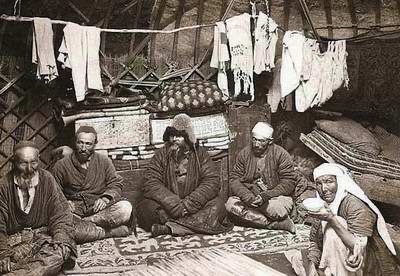
Certain Central Asian communities continue to uphold nomadic traditions, providing a living link to a historical way of life. The nomadic lifestyle, characterized by mobility and adaptability, is reflected in practices such as herding, yurt-dwelling, and a strong sense of communal kinship. Despite modernization, these traditions persist, contributing to the rich cultural tapestry of Central Asia and serving as a reminder of the region’s deep-rooted history.
06. The city of Almaty in Kazakhstan was the country’s capital until 1997 when it moved to Nursultan (formerly Astana).
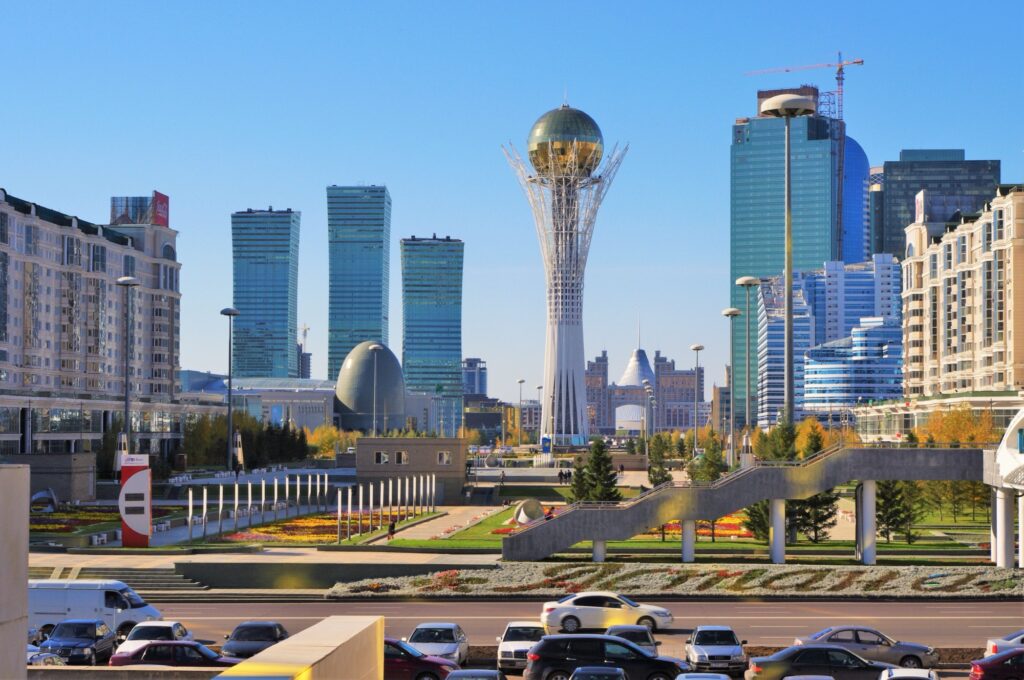
Until 1997, the city of Almaty held the status of Kazakhstan’s capital, serving as the political and cultural hub. However, in 1997, the capital was relocated to Nursultan, formerly known as Astana. This shift marked a strategic decision to promote a more central and geographically advantageous location. Nursultan, with its modern infrastructure and symbolic significance, now stands as the capital, while Almaty remains a vital economic and cultural center in Kazakhstan.
05. The Silk Road, an ancient trade route connecting East and West, passed through Central Asia, contributing to cultural exchange.
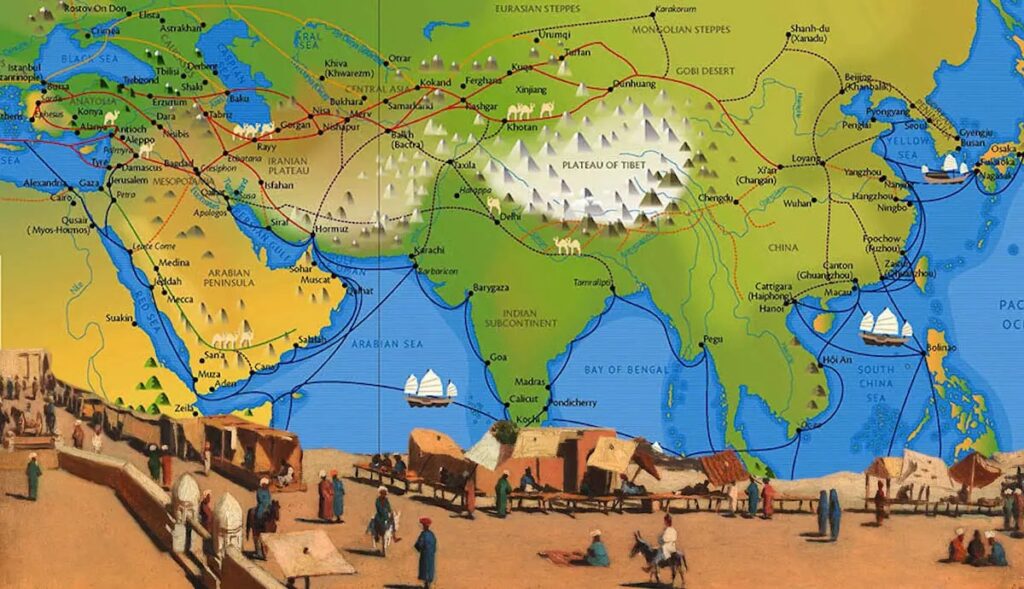
The Silk Road, a historic trade route spanning East and West, intricately weaved through Central Asia, becoming a conduit for cultural exchange. This ancient network facilitated the flow of goods, ideas, and diverse traditions, leaving an indelible mark on the rich tapestry of Central Asian heritage.
04. Central Asia is home to diverse ethnic groups, including Kazakhs, Uzbeks, Turkmens, Kyrgyz, and Tajiks.
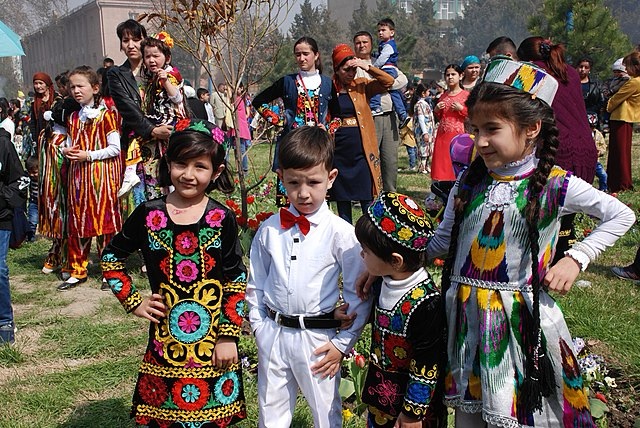
Central Asia boasts a mosaic of ethnic diversity, encompassing groups such as Kazakhs, Uzbeks, Turkmens, Kyrgyz, and Tajiks. This heterogeneous blend contributes to the region’s cultural richness, with each ethnic community preserving its unique traditions, languages, and customs.
3. The region’s climate varies from arid to continental, with extreme temperature ranges in certain areas.
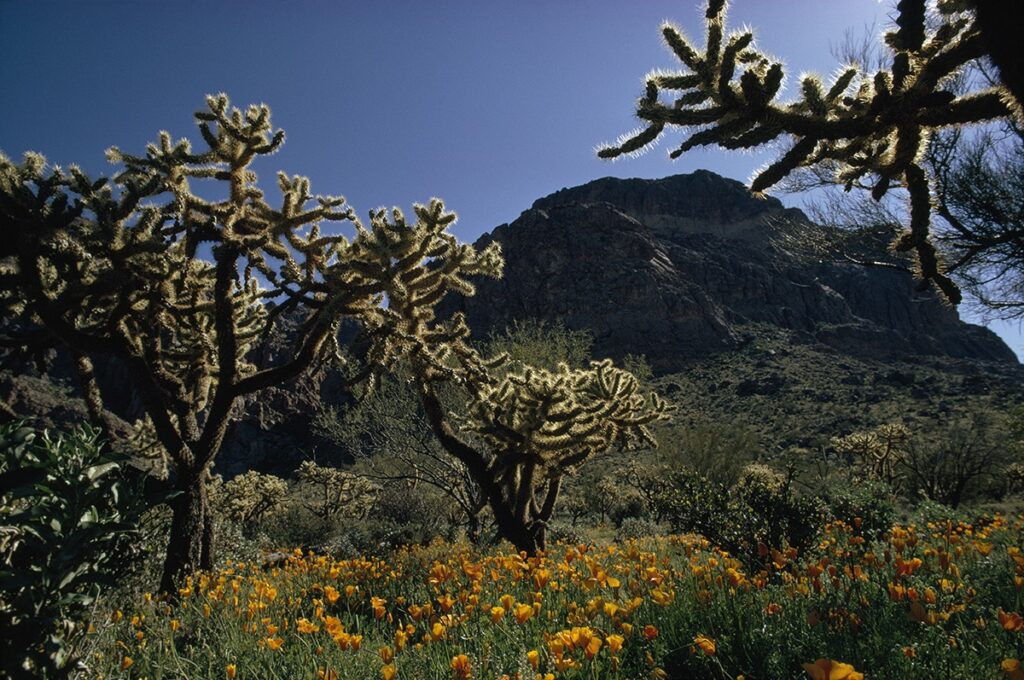
Central Asia experiences a diverse climate ranging from arid to continental, featuring extremes in temperature across specific areas. This climatic variation influences the region’s ecosystems, agricultural practices, and daily life, as inhabitants adapt to the challenges posed by the wide temperature ranges.
2. Central Asia has significant energy resources, particularly oil and natural gas reserves.
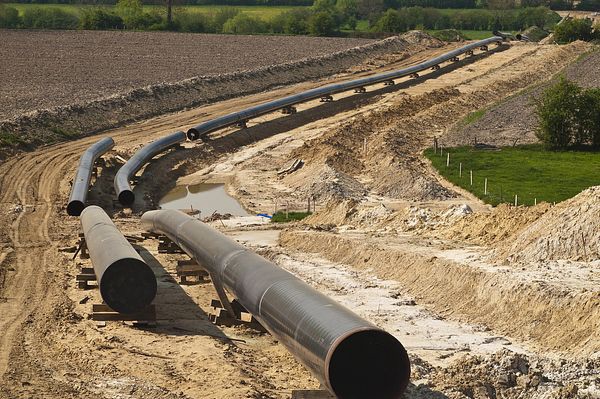
Central Asia stands as a reservoir of substantial energy resources, notably abundant reserves of oil and natural gas. This wealth of natural resources plays a pivotal role in shaping the economic landscape of the region, driving energy-related industries and influencing regional dynamics.
1. The region’s geopolitical importance is highlighted by its strategic location and valuable resources.
The geopolitical importance of Central Asia is underscored by its strategic location and abundant resources. Situated at the crossroads of major civilizations, the region’s position has historical significance, while its wealth of valuable resources, including energy reserves, contributes to its contemporary geopolitical relevance, attracting global attention and strategic considerations.
